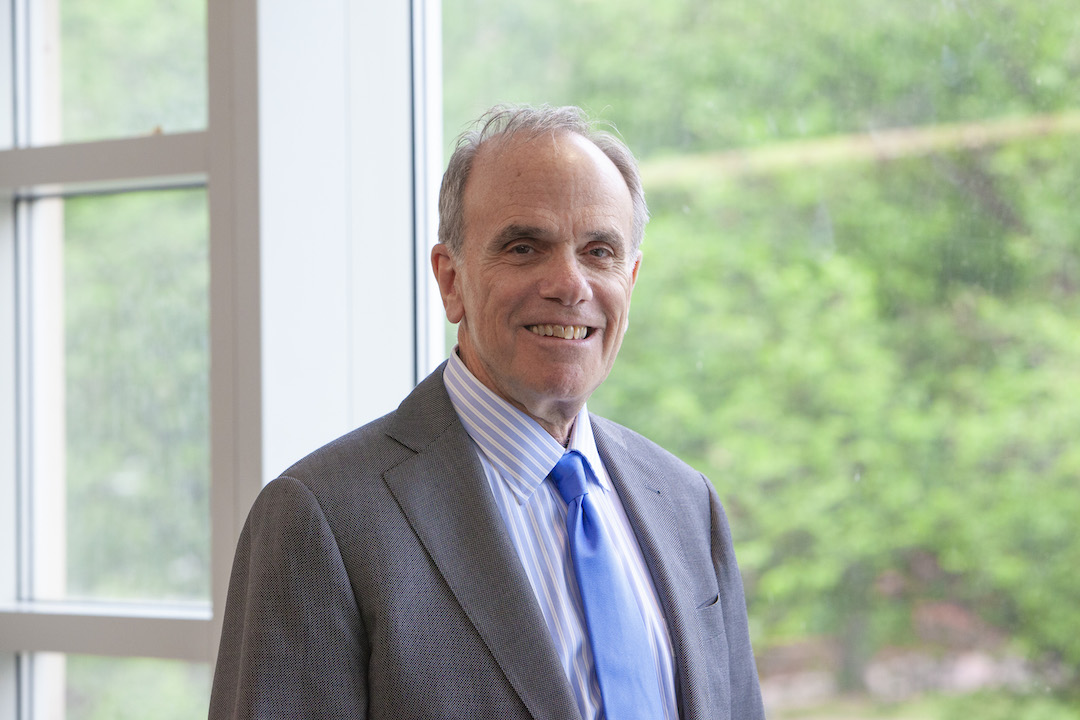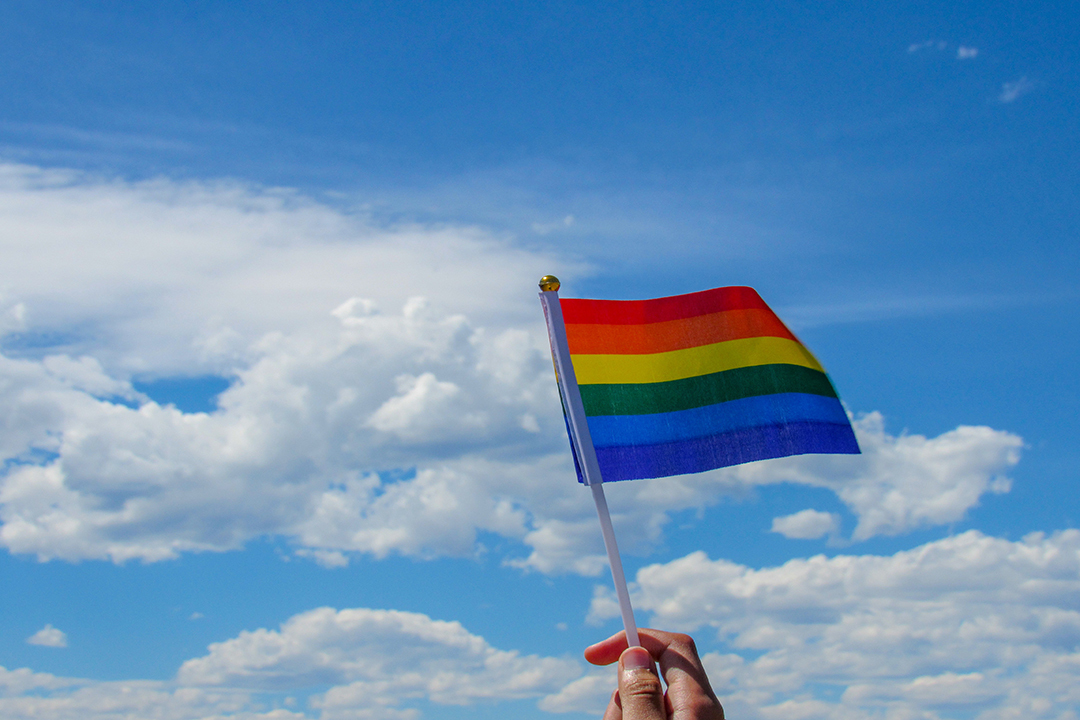By B.L. Wilson
As part of Pride Month, the George Washington University Graduate School of Education and Human Development (GSEHD) sponsored a panel entitled, “Queer Adolescent Dating, Relationships and Sexual Health: The Role of School, Family and Community,” a discussion about the role and impact of dating, relationships and sexual health on queer adolescents.
Harvey Peters, GSEHD assistant professor of counseling and human development, led the discussion. He said that most queer youth are almost unintentionally being “socialized in the predominant culture and that is white, heterosexual, able bodied culture.”
Dr. Peters said it is important to ground an understanding of the socialization of queer youth—which he described as meaning for him gay, lesbian, bisexual, transgender, queer, questioning, intersex, asexual individuals, pansexual and demisexual--in the reality of “a lack of sexual education in the United States that is coupled with a lack of inclusivity and representation of queerness through a positive lens.”
He explained that studies based on ecological and socialization theories that examine how children are socialized and the environments in which they begin to develop—point mainly to the family, school and the community. Queer youth, he said, observe the behavior of parents, peers and schoolmates and what they see in the community and on television.
“For most queer youth, their initial socialization is not in queer culture,” Dr. Peters said.
Studies are beginning to show differences between generations with “more queer youth beginning to come out sooner or have queer experiences at a younger age…identifying as multi-affectional, someone who is attracted to multiple types of genders, personalities, or bisexual or pansexual,” he said.
According to a 2020 Gallup poll, 15.9% of more than 18 million young people surveyed between the ages of 18 and 23 identified as LGBTQ+, a near doubling over the previous generation, and the highest rate of self-identifying LGBTQ+ persons in U.S. history.
Research data also shows, according to Dr. Peters, that increasing numbers of children are being raised by LGBTQ+ parents and same sex couples, who, he said, “provide them with positive socialization messages about queerness, sexuality and sexual health.”
Traditionally, Dr. Peters explained, older more experienced queer persons served as mentors and played a central role in passing down knowledge of queer culture, history and social practices.
“Queer spaces have historically been identified as being really important for socialization, identity development, connection and belonging, community integration, and enclaves for coping with marginalization and subjugation of the queer community,” he said.
In the past decade, however, there has been a shift to social media as “the main source for connection, support and socialization,” he said. Social media is more integrated, however, and can be “[psychologically] triggering and harmful…Queer youth are reporting high rates of harassment, doxing and trolling,” he said, “doxing being where people report or pass on personal information.”
Speaking specifically about relationships of queer youth whether friendships, dating and romantic or sexual relationships, Dr. Peters said, studies show many still do not have proper scripts to understand how to go about asking someone out, engage in sex or date, which might include something as simple as who pays.
“There’s a need for sexual education… for queer people to be prepared to be sexual beings,” he said, but also to adjust to sexual violence that queer persons report at the intersections of queer identity (of gender, race, disability, and sexuality.)
During his presentation, Dr. Peters turned for broader voices to an LGBTQ+ community panel that included Darren Paul-Vance, executive director of Rainbow Families, Washington, D.C.; Esette Negussie and Leen Zorc, GSEHD master’s students in counseling; Katherine Hurley, GSEHD doctoral candidate in counseling; and M. Dille, professional counselor with Compassionate Counseling, Pittsburgh, PA.
Ms. Hurley, who was raised as a Catholic, said that she hopes social environments have changed since she was an adolescent when there were things “we didn’t get to see or know.”
Mx. Dillie, who said came from a poor Appalachian family, had similar experiences. There were no queer people in their family, they said, and no access to information about the lifestyles. “I internalized that to mean there was something wrong with me, but learned to build my own chosen family,” Mx. Dillie said.
Mx. Negussie, who said they grew up in a traditional Ethiopian community, said there is no word for “queer” in their native language. They advise advocates for queer youth to create space for leadership that “mirrors the community in order to affirm identity and breakdown taboos.”
Mx. Zorc said that they would ask educators and families to affirm pronouns offered by adolescents, even if everybody doesn’t get it. “It’s an honor if somebody says, ‘You get to know me this way.’”
The panelists said the lack of comprehensive sex education and prominent support for LBGTQ+ youth remain significant issues.
"My kid's high school has had zero sex education, not even thinking of queer based sexual health,” said Mr. Vance. “I know at my kid's schools, there are two classes where teachers have put a rainbow flag on their door, and there are a couple of others that have safe space stickers, but in chatting with some of those educators, they don't know how to handle the issues my kid might want to come to them for.”



